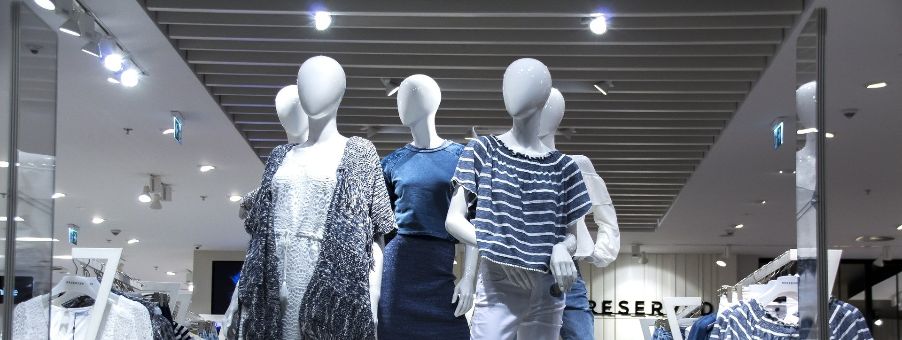Merchandising is a powerful way to create a memorable shopping experience and drive product sales. It is the technique of displaying products to customers in an attractive way, with the aim of persuading them to make a purchase.
A retail store’s products must be displayed with proper planning as the timing, location, quantity, and price matter. They must be available in the right place at the right time. Also, eye-catching point-of-sale (POS) materials are essential as they enhance the presentation of product displays, while providing customers with important information such as price.
However, there isn’t just one way to merchandise. It is in fact an umbrella term that comprises various types of merchandising. In this article, we explore the key types of merchandising techniques that enable retailers to influence customer intent and reach their sales goals.
Retail Merchandising
Retail merchandising is the way that retailers make their merchandise available in stores. The term includes both the execution (shelving items and installing displays) and strategy, which includes product selection, product placement, display design, and other techniques. It is a design strategy that involves placing merchandise in a neat and organised manner to make it easy for the customer to shop. The main purpose is to enhance the customer experience by making products easy to locate and buy.
Successful retail merchandising requires planning, implementation, management, and analysis. Stores don’t place products on shelves at random and hope for the best. A merchandising team follows a planogram (a visual representation of a store’s aisles, displays, and point-of-sale). Planograms show how a display must look, as well as other important information that includes the number of shelves required for each bay, the distance needed between shelves to ensure the products fit, and how many facings each product requires.
Once the shelves are at the correct height, merchandisers must complete the ‘profiling’ step. This means placing the shelf edge labels on the shelves in accordance with the planogram. Only once this is done can the products be placed where they belong.
We often think of art and science as polar opposites. You’re either an artist, or a scientist. Merchandising is that rare blend of both. For product displays to be effective, they must look enticing to customers, but underneath the outward appearance lies untold planning and analysis. It’s the reason why products that are likely to sell better are placed at eye level, because ‘eye level is buy level’, and it’s also the reason why essentials such as bread and milk are often placed as far away from the entrance as possible, so that there is more potential for customers to pick up other products on their way through the store. Retail stores look and feel the way they do by design.
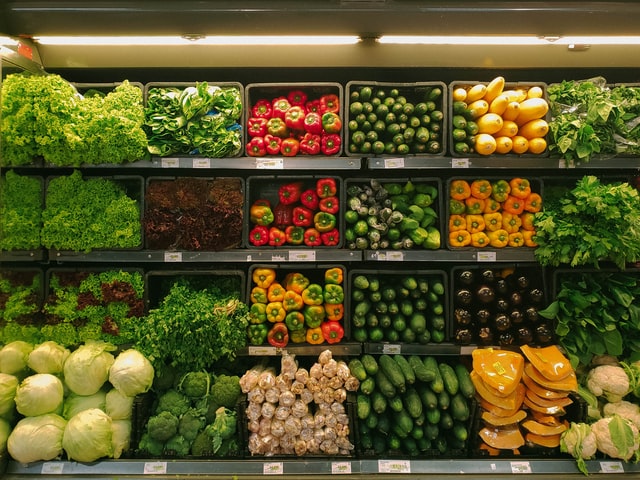
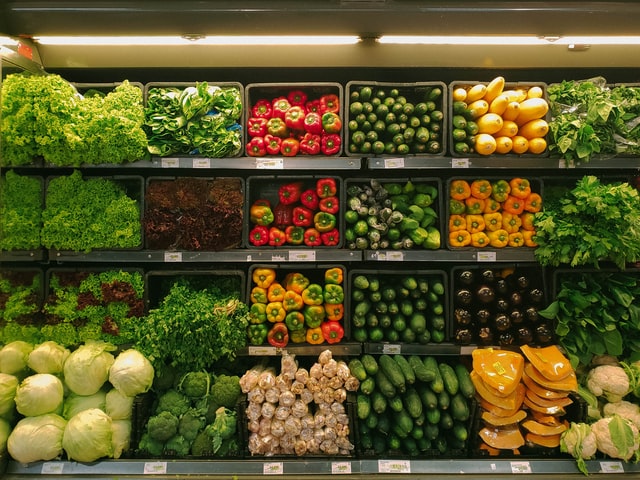
Visual Merchandising
Visual merchandising is more about grabbing shoppers’ attention. It focuses on enhancing the aesthetic appeal of a product or store to attract customers and increase sales. Retail space is expensive, so cannot be wasted on unappealing and ineffective product displays. The goals are to show customers why they need a particular product, how to use it, and how several products can be used together.
The most common examples of visual merchandising are window displays, mannequin displays, and end displays. The aims are to draw the customer’s eye towards specific products that they may have overlooked, and to tempt them into buying multiple items.
The customer journey begins at the window, so this is where a store’s visual merchandising should be the most impactful. It is an essential part of the strategy of inviting people into a store. This vital space is often used to create a story that grabs shoppers’ attention and captures their imagination. Retailers are becoming ever more creative with their window displays to gain an edge over competitors, via the use of props and artistic installations, lighting set-ups, and video displays.
Inside the store, visual merchandising includes elements of spacing, lighting, and design, in addition to floor plan layout, colour palette selection, 3-D displays, and product and banner alignment.
It must be noted that you cannot utilise visual merchandising in a retail store without first having a solid retail merchandising strategy in place. For example, a clothes store that only contained mannequin displays wouldn’t work. It would be a waste of expensive retail space, and there needs to be a balance between the displays and the bulk of clothes items that are hung up on racking. This applies to all stores. The two merchandising techniques have to work together in a way that improves the customer experience.
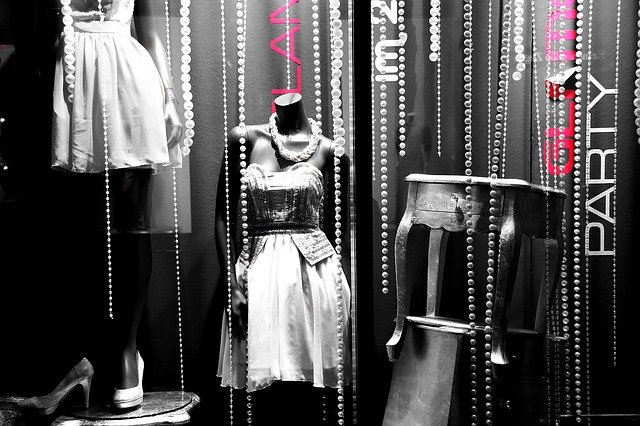
Tactical Merchandising
This type involves field merchandisers who don’t work in any one retail store. Instead, they are typically employed by a big brand, for example Cadbury’s or Coca Cola, and travel from store to store, where they manage only that brand’s promotional displays and products, rather than work across the entire store. As well as maintaining displays and ensuring that stock levels are sufficient, these merchandisers are responsible for advising store staff and managers on the setup and display of merchandise in their absence, and also explaining the nature of current promotions.
Tactical merchandisers are also responsible for sharing their valuable perspective on how promotions are being received by the stores and their customers, how the products are selling compared to the competition, and how specific aspects of point-of-sale promotions could be improved.
Tactical merchandising is very specific when compared to the previous types explored in this article. The focus is very narrow; it often concentrates on a single display and a tailored selection of products which is replicated across multiple stores.
Stock Replenishment
Although not strictly a type of merchandising, it’s worth mentioning the importance of stock replenishment for all retail operations. It is arguably the most important job that needs to be completed in any store, because stores cannot make a profit by selling air space. Having a powerful store strategy, beautiful displays, and a natural store flow is one thing, but if there’s no stock for customers to buy, then it’s all futile. Maintaining stock levels is the bedrock of a successful retail operation.
If there’s one good thing to have come out of the COVID-19 pandemic, it’s that shoppers have finally realised what a crucial job stock replenishers do. Simply put, the efforts of key shop workers have been fundamental in keeping the nation fed during these difficult times, and for that they should be applauded.
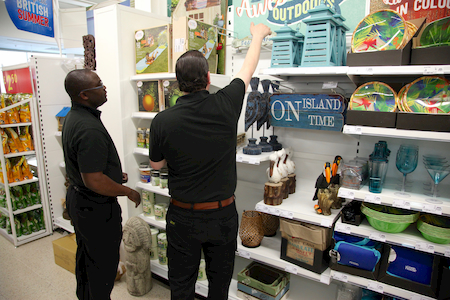
Quality Merchandising is Vital
The term merchandising is often misunderstood; it is so much more than making sure retail stores have stock to sell (although that is definitely part of it). Merchandisers are, in effect image or brand consultants for the retail world. Without them, the customer experience would be severely lacking and nowhere near as immersive. Consequently, retail sales figures would be weaker. Quality merchandising, in all its various forms, is absolutely vital to the success of brick-and-mortar stores.
RMS is one of the leading providers of merchandising and retail support services in the UK and Ireland. By utilising a nationwide workforce of skilled, flexible merchandisers, supported by flex, our state-of-the-art resource management system, we deploy teams of staff to support retailers across the country.
